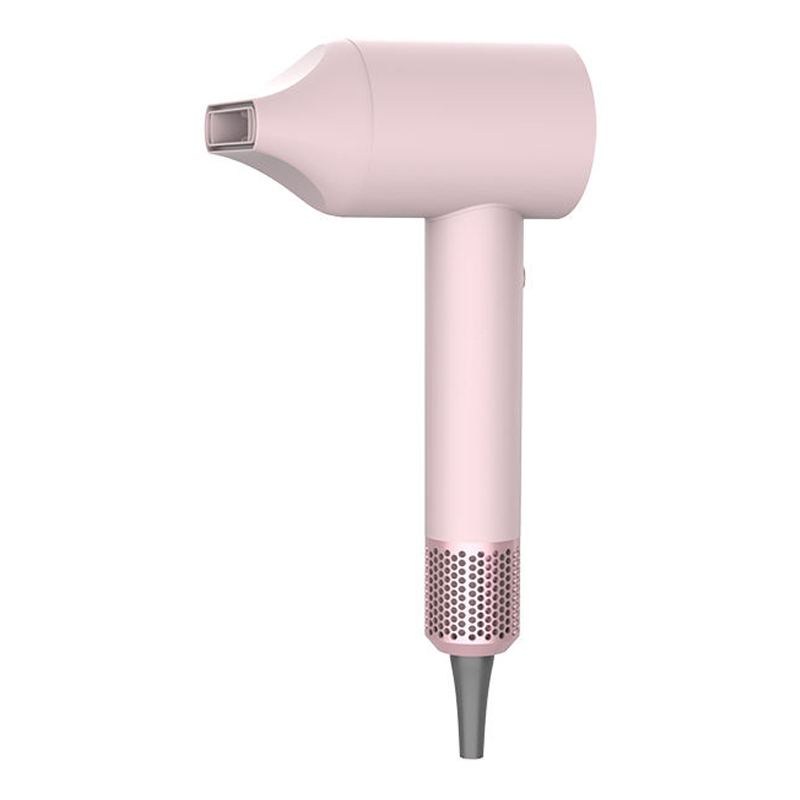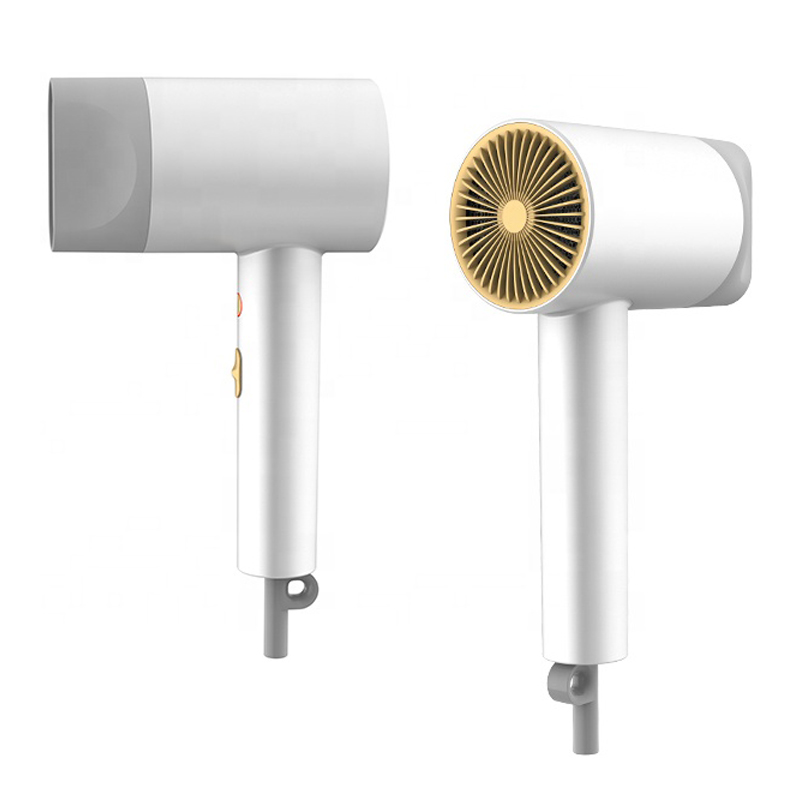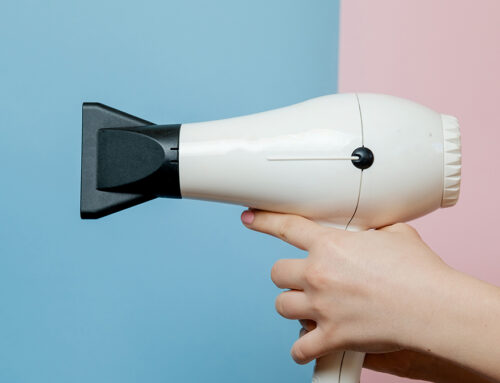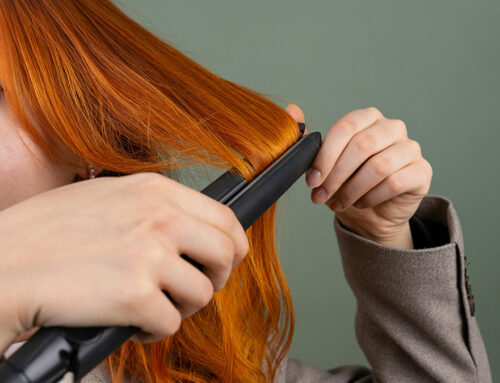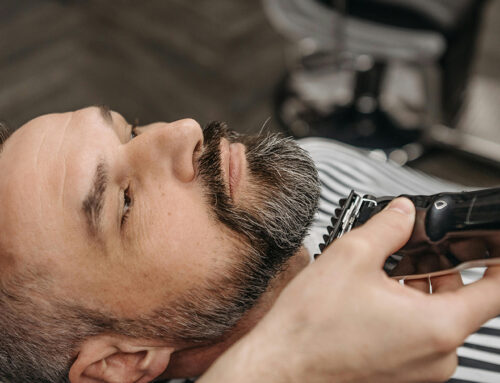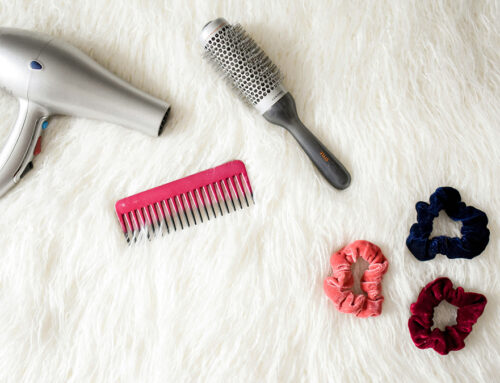Drying your hair may seem like an easy task, especially in this era where hair dryers and other hair tools are readily available. But hair drying, as mundane as it may seem, can cause damage if done incorrectly. These minor mishandlings can build up over time and lead to conditions such as split ends, frizz, breakage, and overall dullness. Therefore, it is essential for you to adopt the right techniques and precautions to protect your hair while doing a proper blow dry.
Here are some common mistakes to avoid during your grooming routine, along with simple solutions to keep your hair healthy:
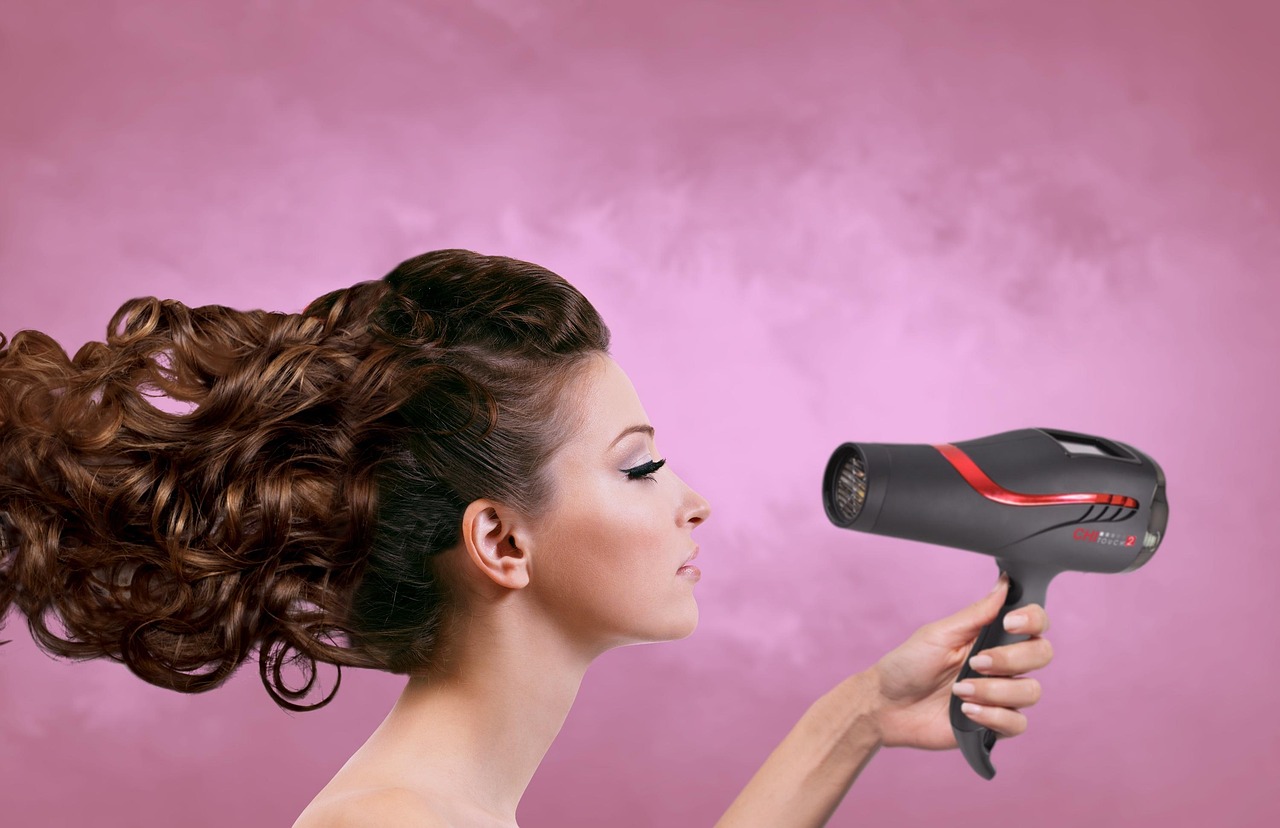
1. Things to avoid and their respective solutions
- Using a hair dryer with sopping-wet hair;
Starting your blow-drying routine with soaking wet hair has multiple negative effects. It slows down your drying time and increases the risk of heat damage.
The Fix: Before using your hair dryer, always towel dry your hair to remove excess moisture. Gently pat your hair with a microfiber towel to speed up the process and protect your strands from overheating. Avoid aggressively mussing up your strands, as this might result in split ends or frizz.
- Using the wrong brush type while blow drying;
It is not uncommon for people to brush their hair while simultaneously combing through their strands using fingers or a brush. However, the brush also plays a crucial role in maintaining the health of your hair. For instance, brushing fine or delicate hair with stiff-bristled brushes can lead to breakage, while brushes with overly soft bristles may fail to detangle thicker or curlier hair types.
The Fix: Use a brush that is suited to your hair texture and hair type. For fine or delicate hair, invest in a brush with soft bristles, ideally a cushioned paddle brush or a soft boar bristle brush; for thick and voluminous hair, a brush with widely spaced bristles will do nicely. Also, refrain from backcombing as it may create stress on the hair and contribute to breakage.
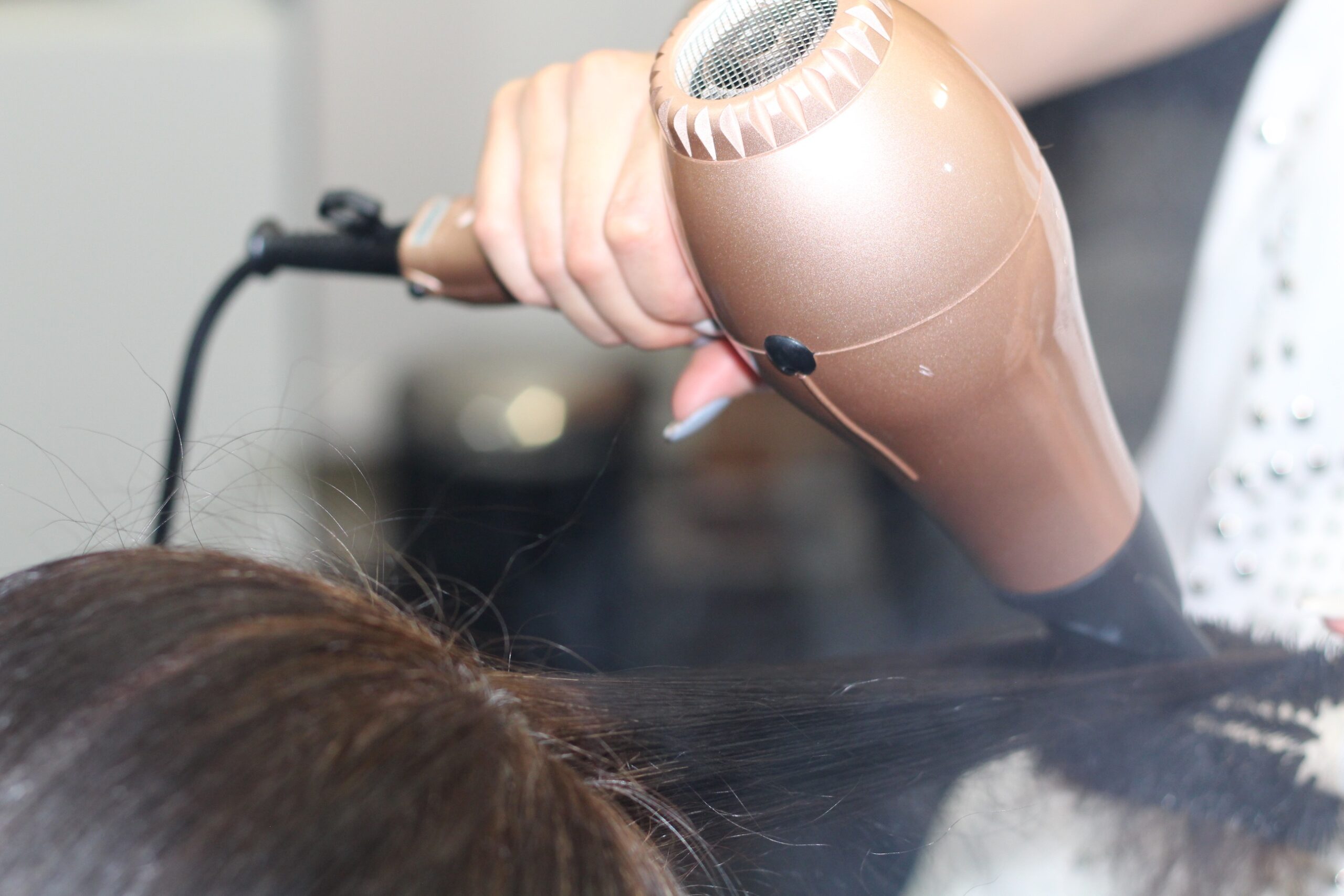
- Refraining from using heat protectant products;
A heat protectant product acts as a shield between your hair and hot styling tools like hair dryers. It will help reduce heat-related damage and maintain the health of your strands. Many people shy away from using products because they believe it isn’t necessary or don’t like putting in extra effort for such a seemingly mundane task.
The Fix: Embrace the concept of using heat protection sprays and serums! It’s a small price to pay for salon-quality results. Evenly distribute whatever product you are using onto your hair, and avoid applying it to your scalp in case of potential oiliness. Using a leave-in conditioner before your hair drying routine is also recommended. If you’re worried about it weighing your hair down, opt for a lightweight formula. Either way, don’t shy away from this essential step.
Additionally, some advanced hair dryers like the ones Huux provides have cold shot buttons. When activated, this feature helps seal the hair cuticles and lock in moisture to protect against further damage.
- Blowing in the wrong direction and distance;
Using your hair dryer at the wrong angle can open up your hair cuticle, resulting in excessive frizz. Putting your hair dryer too close to your hair will cause unwanted heat exposure and potential scalp damage.
The Fix: Keep your hair dryer about 6 to 8 inches away from your face, and keep the dryer moving for an even heat distribution on your strands. Point the nozzle downward so that your cuticles lay flat during the blow-drying process, creating a glossier look to your hair.
- Choosing the wrong motor and wattage;
Investing in a hair dryer that is suited to your needs plays a major role in perfecting your grooming routine. There are thousands, if not millions of different models for customers to browse through when it comes to hair dryers, and quite often they find it difficult to balance the line between quality and affordability due to their limited knowledge of the features of said hair dryers.
First, let’s examine the two most critical features of any hair dryer’s packaging: the motor type and wattage. A common misconception is that when it comes to wattage, it’s always “the bigger the better”. That is not entirely true when it comes to drying your hair. It differs greatly for different hair textures. For fine or thin hair, a lower-wattage dryer (around 1200-1400 watts) is usually sufficient, as it provides gentler heat that helps prevent damage to delicate strands. On the other hand, thick or coarse hair benefits from a higher wattage dryer (1800-2000 watts) for faster drying times, though it’s important to use heat protection products and adjust to lower heat settings to avoid harm.
Typically, you can find hair dryers with two types of different motors on the market. A hairdryer with an AC (Alternating Current) motor has long been a favorite among hair styling professionals. AC motors provide powerful airflow and higher heat output, making them ideal for drying thick or voluminous hair quickly. Their sturdy construction ensures long-lasting durability, making them perfect for frequent professional use. Although hair dryers with AC motors tend to be heavier and slightly louder than those with DC motors, advances in technology have helped reduce noise levels significantly.
Meanwhile, DC(Direct Current) motors are smaller and lighter, making hair dryers easier to handle and more portable. They are also more energy-efficient, meaning that they are a great choice for eco-conscious consumers. Additionally, DC motor hair dryers often provide precise control over airflow and heat, which allows you to style your hair into different hairstyles with precision.

- Using your hair dryer without an attached nozzle;
Hair dryer nozzles can direct and concentrate airflow, making it an essential accessory to your hair dryer. Again, some find it to be a bit too fancy for their liking, and experience trouble with picking out the ideal model for their specific hair texture. However, nozzles can significantly enhance styling precision and reduce heat damage when used properly, so it is a worthy investment in the long run.
The Fix: Choose a nozzle that functions best on your hair type. Huux has it all listed out in a quick reference guide down below for your convenience.
- Fine hair:People with thin hair are prone to a flat appearance and split ends, so it is recommended to use a concentrator nozzle (which is the most common type of nozzle that comes in a long and narrow shape) to add volume and shine.
- Thick hair:Use a combination of a concentrator and diffuser nozzle to control frizz and enhance volume.
- Curly hair:A diffuser nozzle works wonders on curly hair because its finger-like projections help define pre-existing curls and reduce
- Straight hair:A concentrator nozzle is specifically designed to create sleek and straight hairstyles, so people with straight hair might enjoy this type of nozzle better.
Looking for a high-quality hair dryer that costs just a fraction of its brand-labeled counterparts, and want to source it from an esteemed electric beauty tools supplier? We’ve got you covered at Huux. Contact us by sending an email to info@huux.com, or reach out to our team by clicking the Inquiry Now button above this article. We promise you won’t be disappointed.


